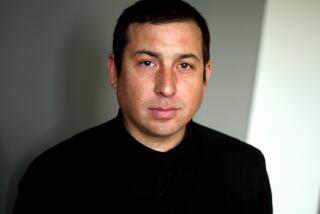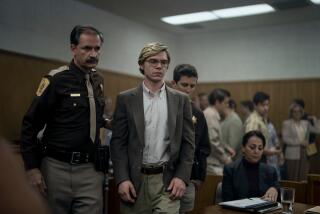Michael Chabon on ‘Telegraph Avenue,’ pon farr and other passions
Michael Chabon joined us for a video interview to talk about “Telegraph Avenue,” his creative process, reaching a point of despair, whether it’s risky to write across gender and race, and “really really really long sentences.” And how the invented world of a novel can be made real, as it comes alive on film or even on a film’s sets, and that’s like stepping into a dreamscape.
In the interview, Chabon talks about world building in his novels. He considers whether it’s easier to create a fiction that’s based in the pop culture we know or to invent an alternative reality. For “The Yiddish Policemen’s Union,” he had to decide if a Yiddish-Alaskan community would have Mickey Mouse and, if so, what they would call him. But for “Telegraph Avenue,” he just had to walk into a record store.
That’s sort of where it started -- when he walked into a record store a lot like the one at the center of “Telegraph Avenue.” Like the book’s Brokeland Records, that store had regular customers who stopped by to browse and talk. It also had one owner who was white and one who was black.
That’s really where the story began, Chabon says. He tells us about growing up in a planned mixed-race community outside Washington, D.C., “Levittown with a Great Society social agenda.” Chabon didn’t realize until he moved away that the blending of African American and white families was an idyll not yet reached elsewhere.
That’s where it begins. There’s lots more.
ALSO:
Book review: Michael Chabon’s “Telegraph Avenue”
D.T. Max takes on the life of David Foster Wallace
Junot Díaz on fire again in ‘This Is How You Lose Her’
More to Read
Sign up for our Book Club newsletter
Get the latest news, events and more from the Los Angeles Times Book Club, and help us get L.A. reading and talking.
You may occasionally receive promotional content from the Los Angeles Times.







